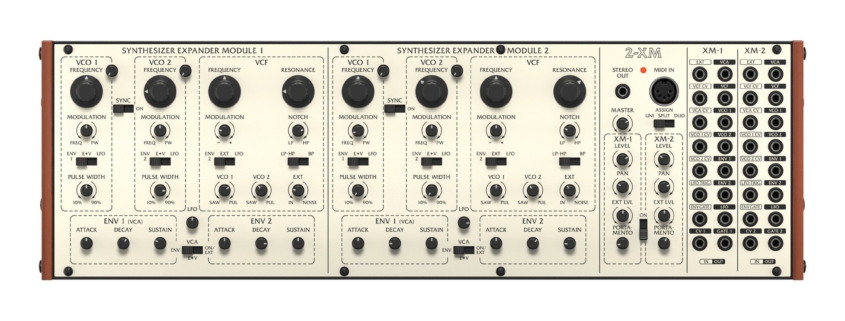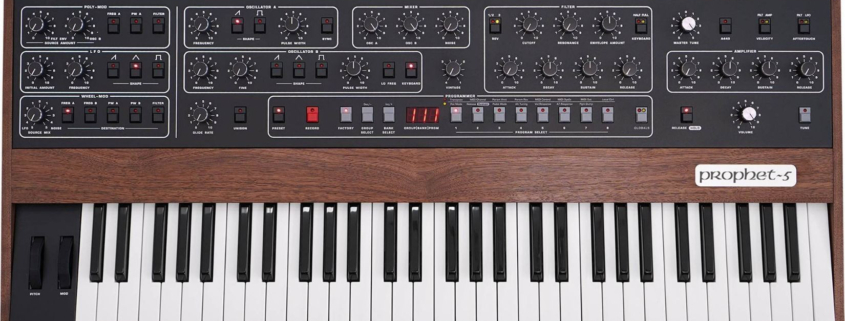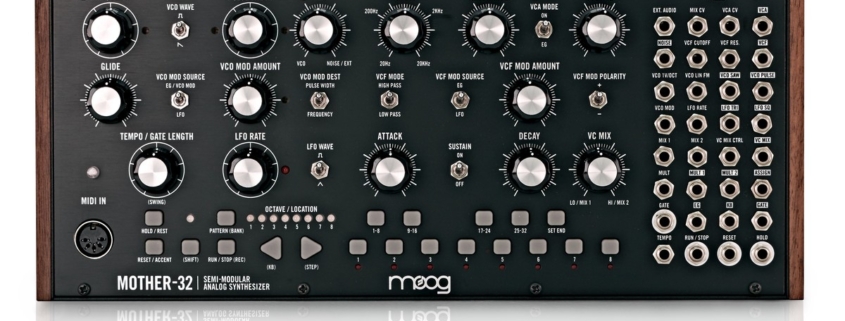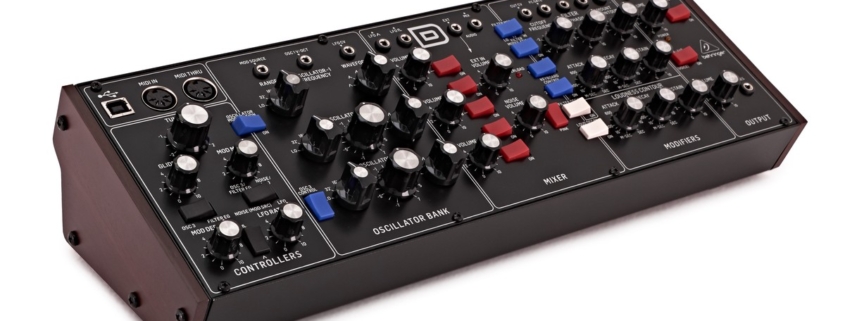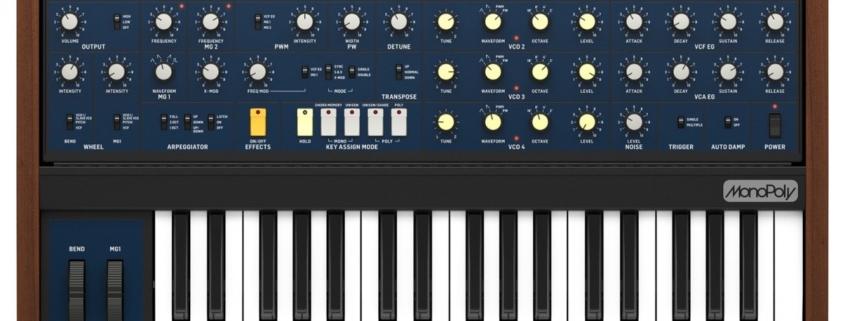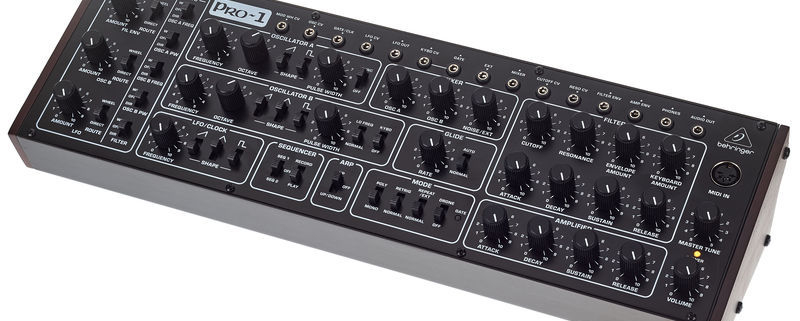Behringer’s take on the classic Oberheim Two-Voice in a compact Eurorack format. Should pair well with my Oberheim SEM. More SEM-filters!!!
Another Behringer vintage synth clone, and these are so dirt cheap it boggles the mind. Behringer really delivers, these things pack such a punch for the price it’s amazing, and they are constantly pumping out new ones.
Behringer came out with a number of cheap modules, so here we go. “Roland” and “ARP 2500” in nice TipTop enclosures. The semi-portability makes this perfect for, say, patching in bed.
Oh no I didn’t…? Yep, I did…
Rev 4, to be exact.
There it is, with its pal. I didn’t actually get two; the first one had a broken USB chip, or something, so I returned it and got another one, but not in that order.
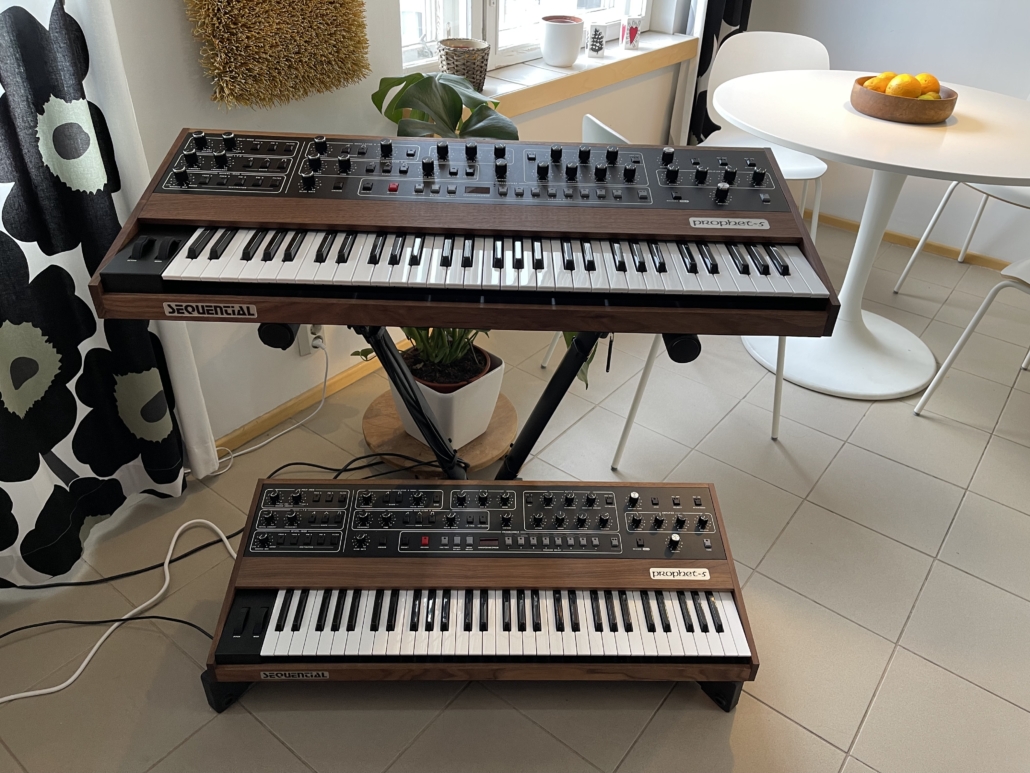
Here it is with its other pal.
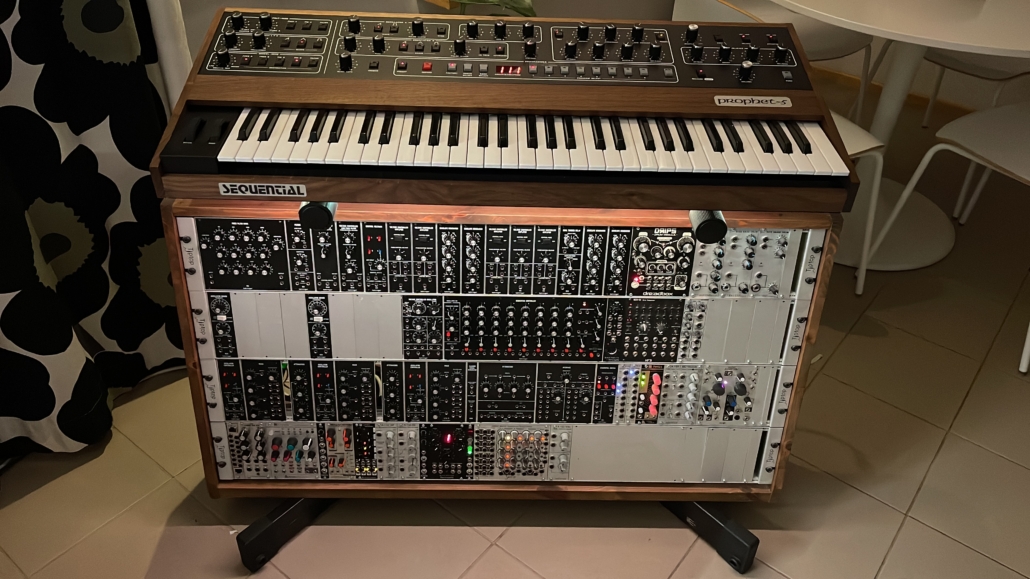
A solid semimodular monosynth + sequencer. Part of my 3-piece random sound & song generator thingy consisting of this one, the DFAM and the Subharmonicon, which I plan to use as more or less one instrument. Let’s see how that goes.
This is something that is so different from anything else ever. It will most definitely require a lot of experimentation and me wrapping my head around subharmonics instead of just the usual stuff that’s present in every other synth ever made but this one. Even if it definitely is a machine that goes “Pinnnnnngg”, it also definitely does it its own way. I think the happy accident-route is something I’m going for with this one as well.
Behringer’s version of the classic-est of all classics, the Moog Minimoog Model D. With these prices, I just could not resist getting one. Seems solid so far.
Behringer’s version of the classic Korg synth. The original was the only one of the Older Monos that has been on my to-get list since I got into analog synths. At the time, 2004-ish, you could get a decent “antique” mono from 500€ upwards, and I remember seeing the original Mono/Polys going for somewhere between maybe 1000€ and 1200€. But when it came time for me to get one, the prices had gone insane, so I never got one. Imagine my joy when this one came out. And it’s a really fun synth to waste time with. Turn on the arpeggiator or sequencer, and let it do its thing. That stepping-through-oscillators thingy is quite nice.
Another case of Behringer cloning a piece of synth history, the ARP 2600. The original was on my wish list, the one you know will never happen. So Behringer really did a lot people happy by bringing this one to market. It’s a r-e-a-l-l-y nice semimodular synth, endlessly tweakable. Loads of patch points and, best of all, sliders! Sliders are so much more fun than knobs. Too bad they let in more dust into the units, but you can’t have everything. This is one of those sit-down-and-tweak-and-at-four-o-clock-in-the-morning-consider-going-to-bed-as-the-alarm-will-go-off-in-three-hours kind of machines. Again, hard to resist with the Behringer pricing.
Another Behringer clone-of-a-classic, this time the Sequential Circuits Pro One. I also have the original, and they do sound quite the same. So, again, for this price, no reason not to get it if you need live analog voices. Oh, patch points!

